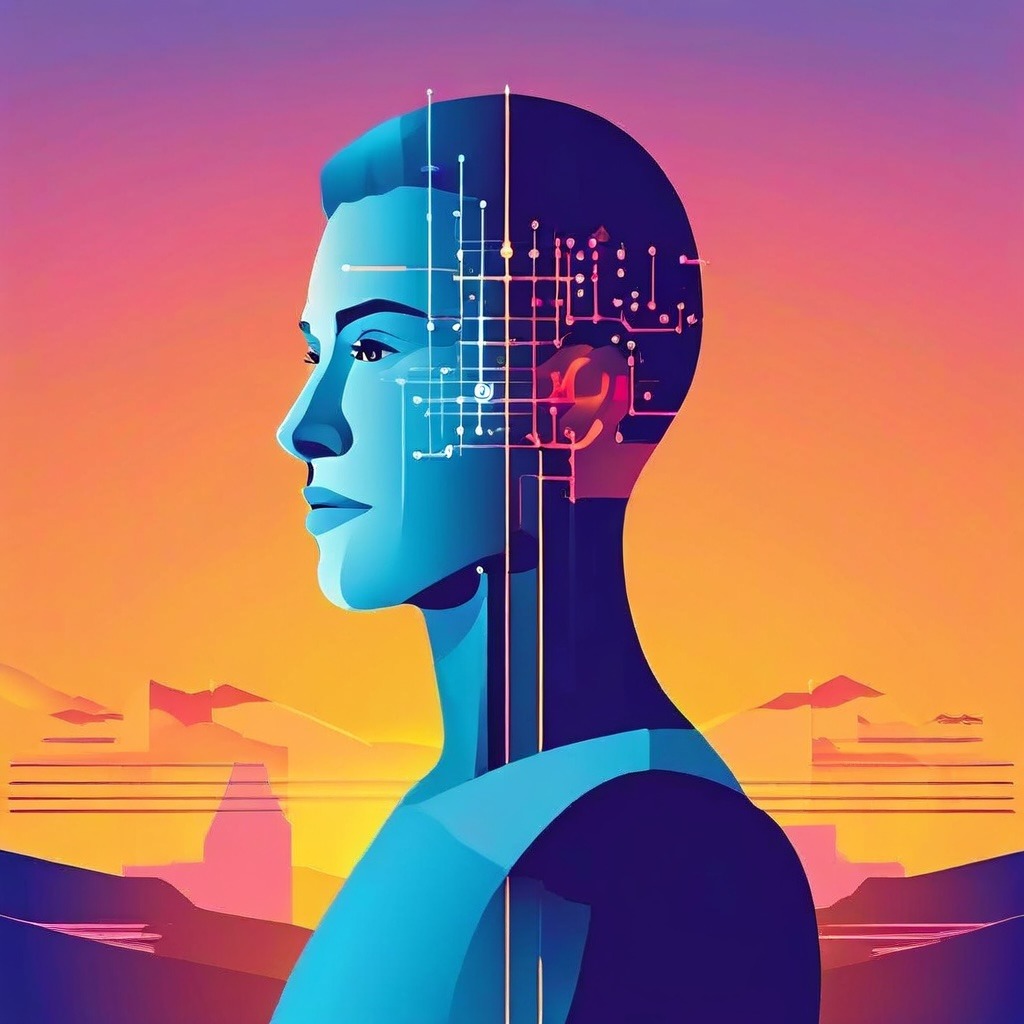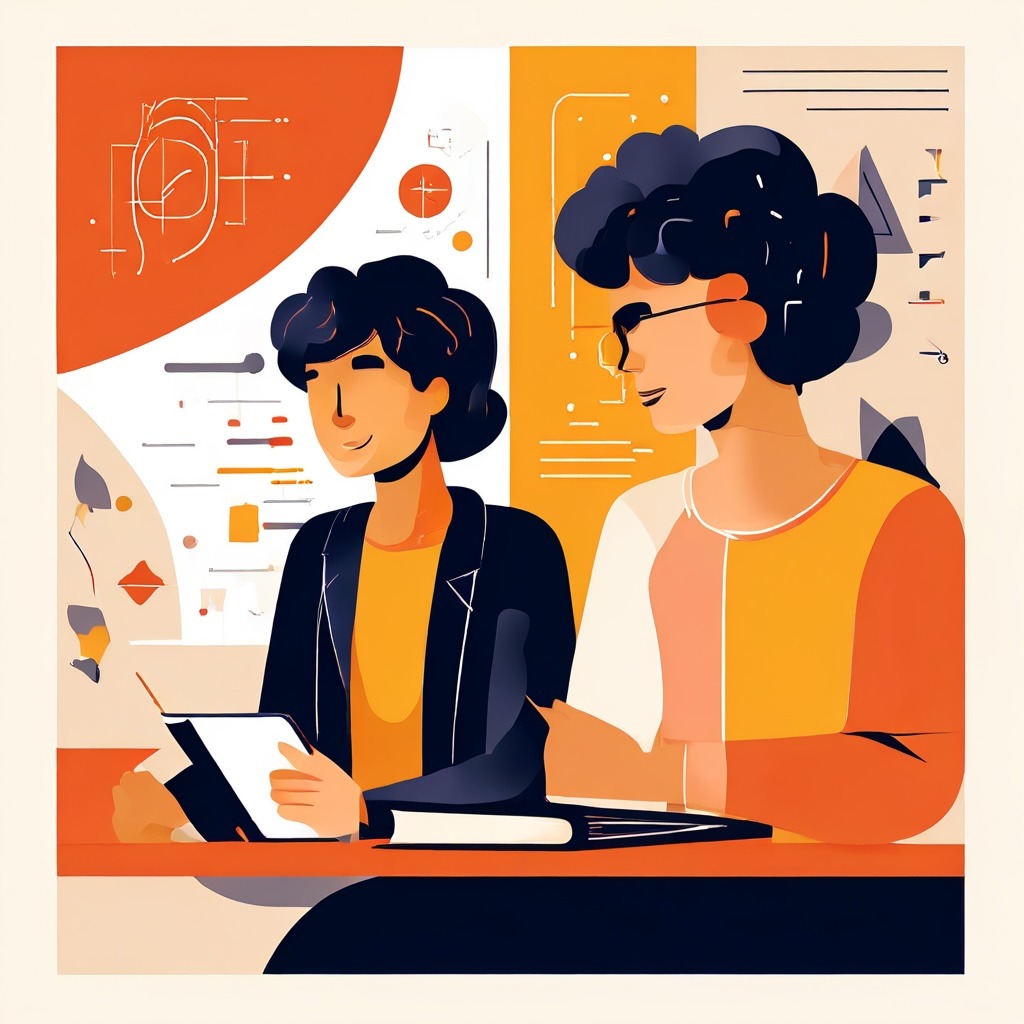In a series of blog posts we will look inside China’s AI Progress: Unlocking the Dragon’s Tech Potential.
POST 1: China’s AI Development
POST 2: China’s AI and Social Impact
POST 3: AI Subfields in China – NLP and Computer Vision
POST 4: China’s AI Regulation Landscape
POST 5: Collaboration Potential in AI
POST 6: AI and Fast Fashion Apps
Bridging the Divide: The Potential for Collaboration Between AI Powerhouses
The race for artificial intelligence (AI) dominance is often portrayed as a zero-sum game, with China, the United States, and the European Union fiercely competing for the top spot. However, collaboration between these AI powerhouses holds immense potential to accelerate innovation, address global challenges, and ensure responsible development of this powerful technology.
Why Collaboration Makes Sense
Several factors highlight the advantages of collaboration:
- Complementing Strengths: Each AI powerhouse has unique strengths. The US boasts a vibrant research ecosystem and strong private sector innovation. The EU excels in ethical considerations and robust regulatory frameworks. China shines in data-driven approaches and large-scale deployments. Collaboration allows each player to leverage the others’ strengths.
- Addressing Global Challenges: AI has the potential to tackle pressing issues like climate change, healthcare, and resource management. Collaborative efforts can combine expertise and resources to find solutions with global impact.
- Harmonizing AI Governance: Standardized approaches to data privacy, ethical considerations, and algorithmic transparency are crucial. Collaboration can foster international dialogue and establish a unified framework for responsible AI development.
Challenges and Roadblocks to Collaboration
Despite the benefits, collaboration faces hurdles:
- Geopolitical Tensions: Competition and distrust between China, the US, and the EU can hinder collaboration. Addressing these tensions and fostering trust will be key for successful partnerships.
- Intellectual Property Concerns: Collaboration requires safeguarding intellectual property interests, which can be a sensitive issue. Open-source initiatives and clear agreements will be necessary.
- Data Sharing Barriers: Strict data privacy regulations and national security concerns can impede data sharing, a crucial component of AI development. Finding ways to share data securely can facilitate collaboration.
Examples of Existing Collaboration
Despite these hurdles, some successful examples showcase the potential:
- The Global Partnership on Artificial Intelligence (GPAI): This multi-stakeholder initiative, involving China, the US, and the EU, aims to promote responsible AI development through collaboration.
- Joint Research Projects: Universities and research institutions from these regions are partnering on specific AI subfields like natural language processing and computer vision.
- Industry Partnerships: Companies from these regions are collaborating on joint ventures or sharing expertise in specific AI applications like smart vehicles or medical diagnostics.
The Way Forward: Building Bridges for AI Collaboration
For AI collaboration to flourish, a multi-pronged approach is needed:
- Fostering Open Dialogue: Regular communication between government officials, researchers, and industry leaders is crucial to build trust and identify areas of common interest.
- Establishing Collaborative Platforms: Creating international platforms for joint research, data sharing (with appropriate safeguards), and knowledge exchange can accelerate innovation.
- Focusing on Shared Goals: Highlighting the potential of AI to address global challenges can encourage collaboration, creating a win-win scenario for all involved parties.
A Collaborative Future for AI
The potential benefits of collaboration between China, the US, and the EU in AI are undeniable. By overcoming challenges, fostering trust, and focusing on shared goals, these AI powerhouses can usher in a future where AI benefits all of humanity. This collaborative approach can ensure AI development is not only innovative but also responsible and ethical, shaping a better future for generations to come.
HERE is an interesting article from The China Guys





